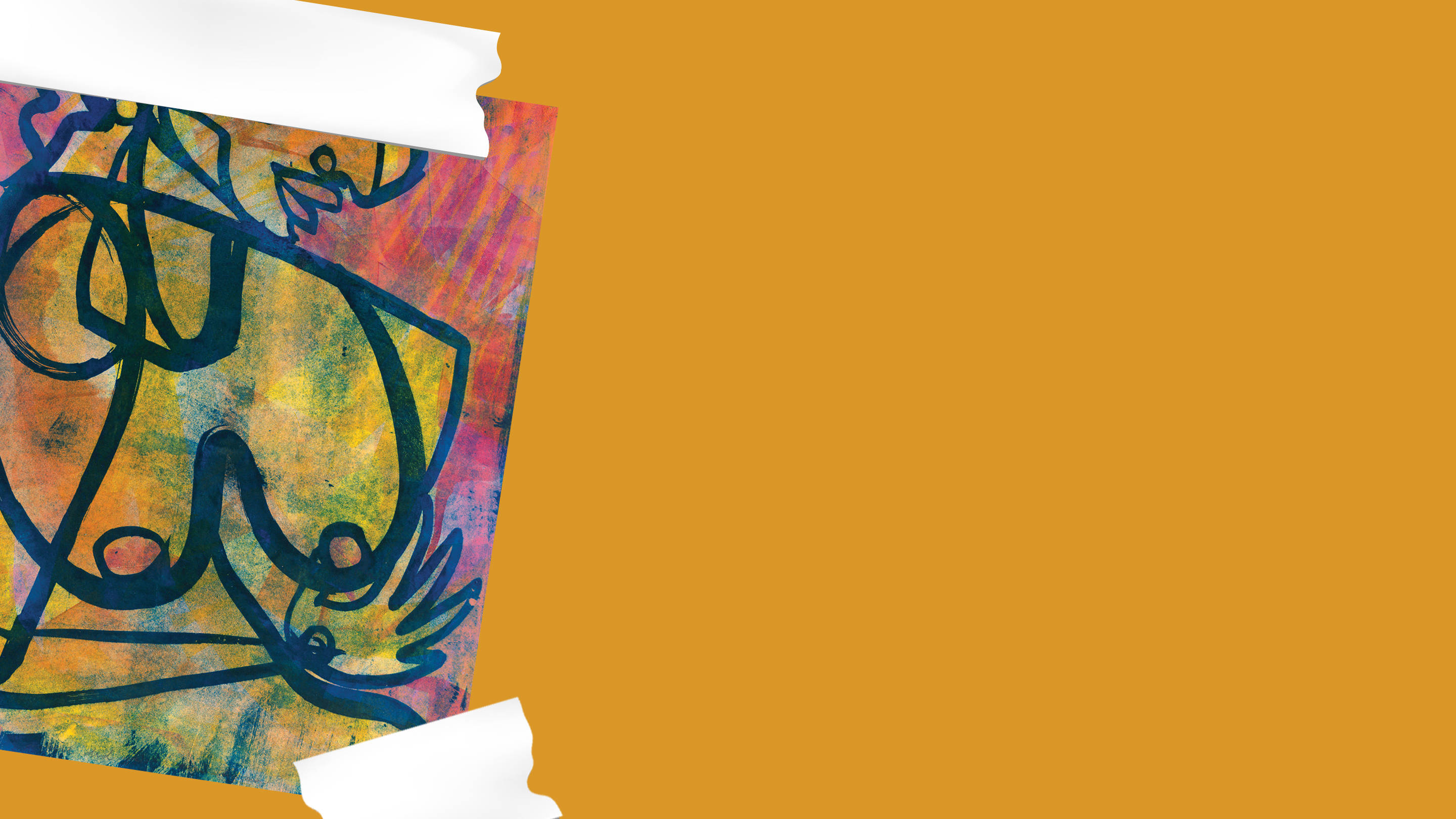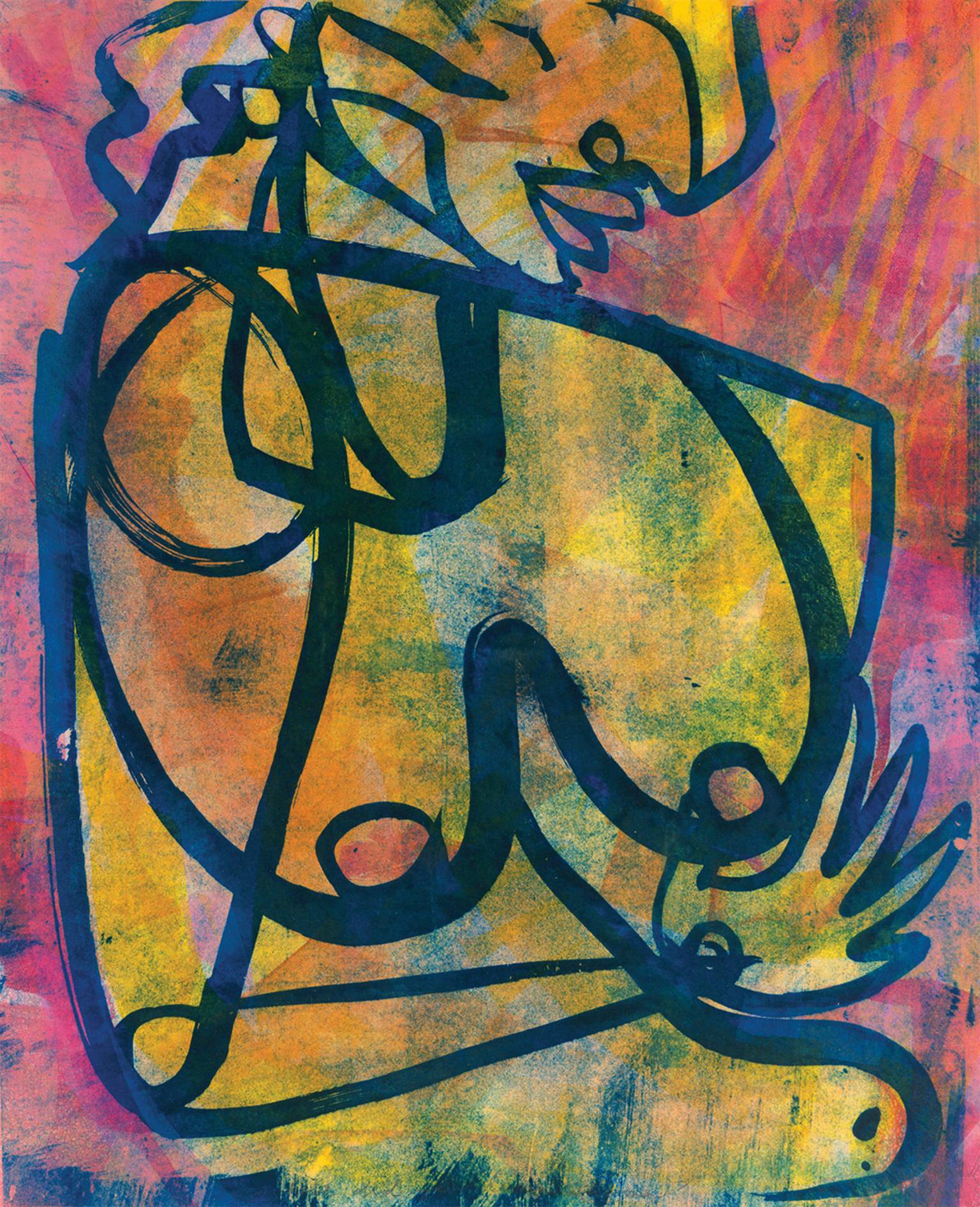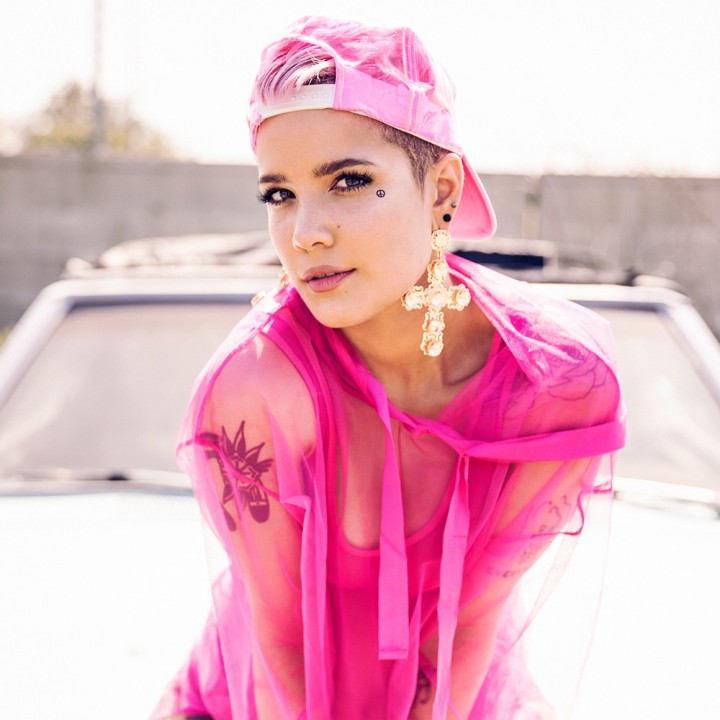
A Fat Black Politics of Desire
The author of "The Body Is Not an Apology: The Power of Radical Self-Love" on race and desire
When the Australian reporter called to ask me my thoughts on the article and photos in PLAYBOY featuring pop singer Lizzo, I promptly put the journalist on hold and googled the pics. I love Lizzo, but the thought of perusing a PLAYBOY magazine had not occurred to me since 1991, when I “found” a decade’s worth of old issues stacked in my uncle’s dresser drawers like bars of gold. Snooping through his things when he lived in our basement was a regular activity of mine, particularly because he had so much porn. Thumbing through those pages, I learned everything and nothing about my own sexuality, my own desirability.
Every running joke I’d ever heard about PLAYBOY seemed to focus on how people read it “for the articles,” an allusion to the supposedly more sophisticated palate the magazine was said to cater to. Erudite people read PLAYBOY. Those tasteful people (read: men) didn’t want smut; they wanted beauty and class. They wanted thin, white, clean-shaven visions of desire. If the women in PLAYBOY were classy and beautiful, by default the women in the other magazines, the women with skin and hair like mine, must be smut. Dark girls were carnal but not desired. They were indeed objects of lust but not of beauty. If what I deduced about desire and beauty from these magazines was true, then what would I, could I, be as a sexual being in this body?
The fat black woman’s body has always been a marvel—even when the world found it grotesque, it found it spectacular.







